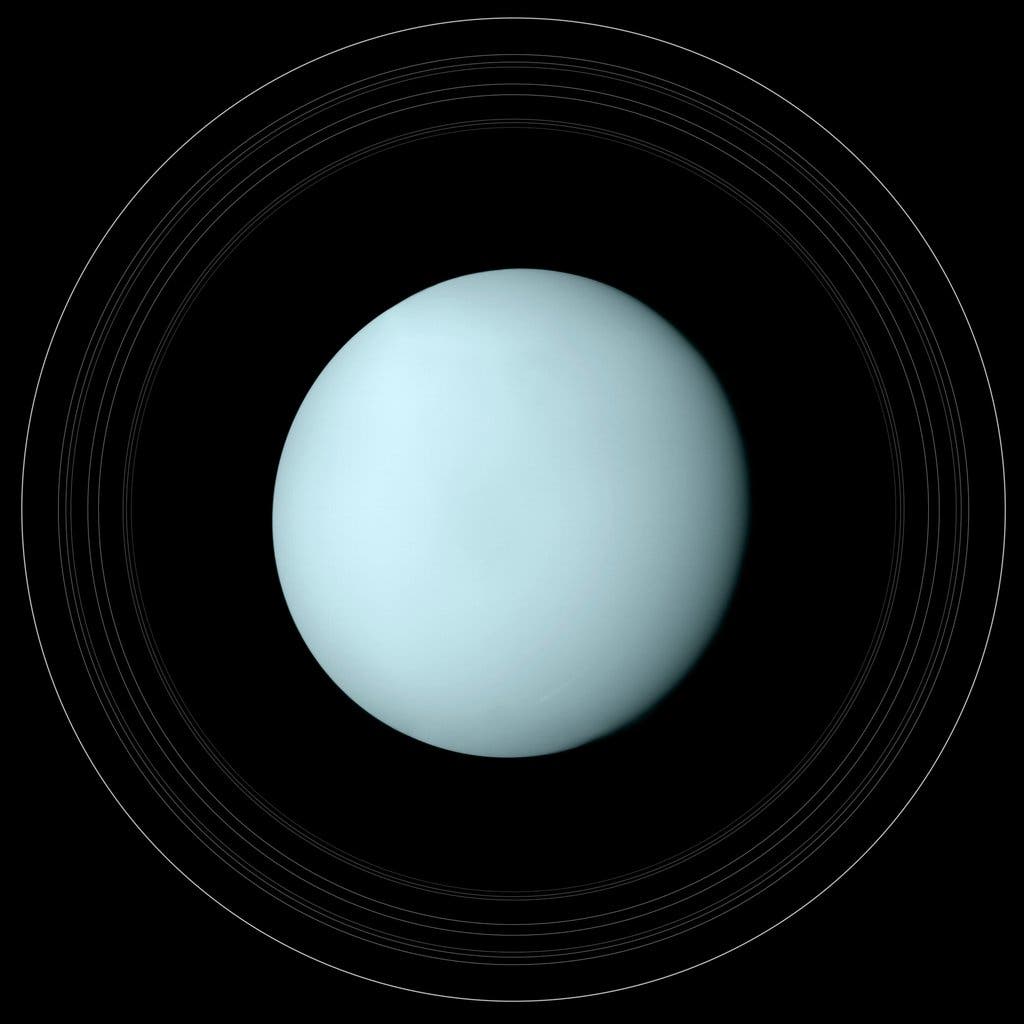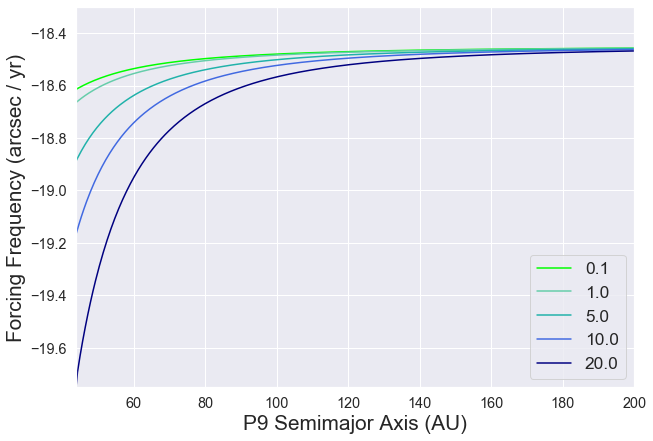Associated Publications
- Lu, T., Laughlin, G., 2021. Tilting Uranus via Secular Spin-Orbit Resonance with Planet 9. PSJ. Submitted.

Uranus' startlingly large obliquity of 98 degrees is a puzzle that has yet to be solved. Conservation of angular momentum in the primordial solar system would naively dictate that that planetary axial tilts should be near zero - in reality, we see a wide range of nontrivial obliquities, with Uranus being the most extreme case. The most prevailing theory posits that a 1-3 Earth mass body impacted the primordial Uranus, simultaneously generating Uranus' axial tilt and spurring the formation of its satellite system. While this theory is feasible in principle and indeed has significant merit, it falls short in explaining several key characteristics of Uranus' satellite system.

An promising alternative explanation is capture into secular spin-orbit resonance. This process requires no colliding body and is slow enough to preserve the structure of the satellite system, neatly sidestepping many of the issues with the giant impact hypothesis. Resonant capture occurs when there is a near match between a planet's axial precession rate α (the rate at which a planet's spin axis precesses about its orbit normal) and its nodal recession rate g (the rate at which the planet's orbit recesses about the invariable plane of the entire solar system). The ratio of αcos(θ) / g must approach and cross unity from below slowly for capture into resonance, where θ is the planet's obliquity.

This process is believed to have been responsible for Jupiter and Saturn's obliquities, motivated by a near match between their axial precession rates and the nodal recession rate contributions of Uranus and Neptune, respectively. However, Uranus's spin axis precesses far too slowly to be a near match for any relevant frequency in the solar system today. One promising avenue of exploration is the potential effect of the as-yet undiscovered Planet 9. For an in depth review of the evidence for Planet 9, click here. Planet 9 is believed to have formed in the inner solar system and migrated to its current position - in principle, over time its contribution to the Uranian g will decrease and a pathway for resonant capture opens up - see the figure on the right for Planet 9's effect on the Uranian node as it migrates outward.
We then performed N-body simulations modelling the effect of the outward migration of Planet 9 on Uranus' spin axis. A variety of fiducial values in Planet 9's parameter space were sampled, and we show that it is in principle possible for a Planet 9-like migratory trajectory to have tilted Uranus to its present day obliquity. See the figure below for Uranus' spin axis evolution, as well as Planet 9's orbital trajectory.
